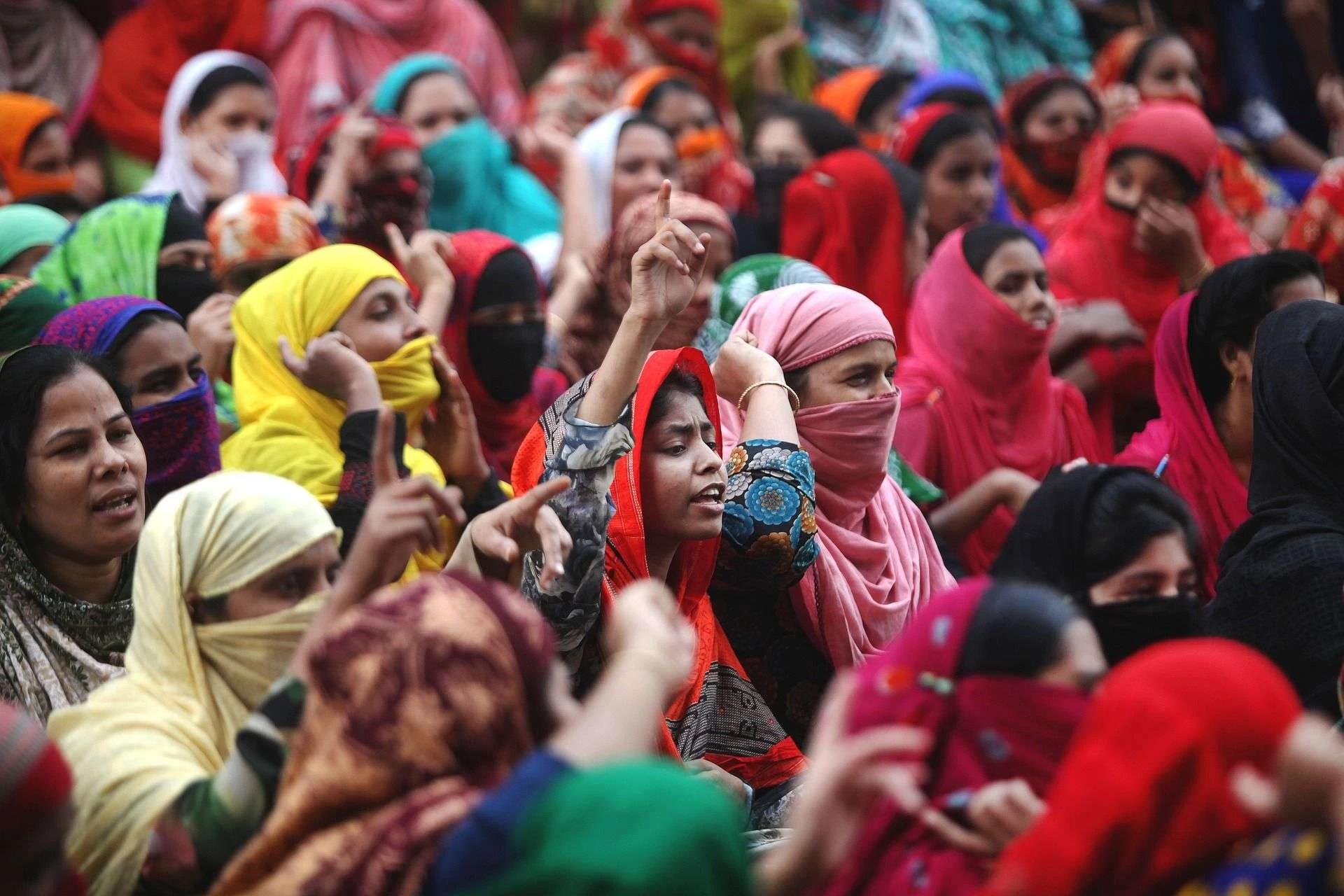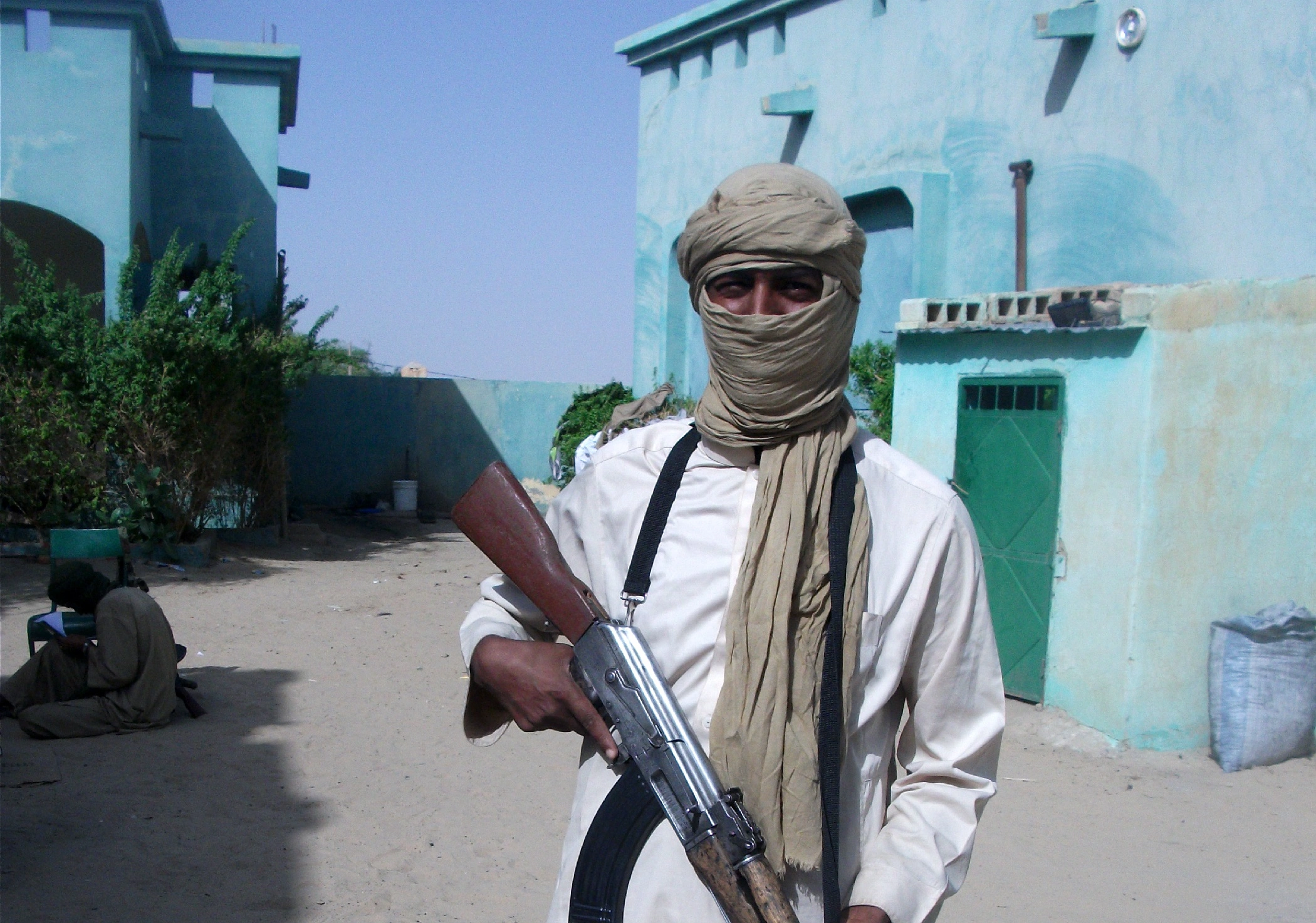A devastating 7.1-magnitude earthquake struck the Himalayan region early Tuesday, sending powerful tremors across Nepal, India, Bhutan, Bangladesh, and southwest China’s Xizang Autonomous Region. The quake has resulted in significant casualties and widespread structural damage, particularly in China’s Xizang and Nepal’s remote mountainous areas.
Epicenter and Magnitude
The United States Geological Survey pinpointed the epicenter of the Himalayan earthquake 93 kilometers northeast of Lobuche, Nepal, along the Nepal-Xizang border. It occurred at a shallow depth of 10 kilometers (6 miles), amplifying its impact on nearby regions.
China’s Earthquake Networks Center reported the magnitude as 6.8 but confirmed the depth matched the USGS report. This discrepancy in magnitude reflects the ongoing analysis of the quake’s intensity.
Casualties and Destruction
- Xizang Autonomous Region: The Himalayan earthquake has claimed at least 36 lives in the Shigatse area, with nine fatalities confirmed in Tingri County’s townships of Changsuo, Quluo, and Cuoguo. Many buildings in these areas collapsed, leaving residents trapped under debris.
- Nepal: Tremors were strongly felt in the capital Kathmandu, where residents fled their homes in fear. Despite the panic, no casualties or significant structural damage have been reported so far.
Also See: Flooding Devastates Nepal: Thousands of Children their and Families Affected
Widespread Impact
- India: Tremors shook parts of Bihar, Delhi-NCR, and other northern regions. While the shaking caused concern, there were no immediate reports of injuries or property damage.
- Bhutan and Bangladesh: Tremors shook both nations, but authorities reported no major incidents.
- Xizang’s Shigatse: As one of Tibet’s holiest cities, Shigatse suffered significant damage. Videos showed crumbled shopfronts, debris-strewn streets, and distressed residents in the aftermath.
Aftershocks Intensify Concerns
Authorities recorded two aftershocks measuring 4.7 and 4.9 magnitudes near Xizang shortly after the initial quake. These tremors heightened fears of additional damage and hindered rescue operations in the affected areas.
Seismic History of the Region
The Himalayan region is one of the most seismically active areas globally due to the tectonic collision between the Indian and Eurasian plates. Notable earthquakes in the region include:
- 1934 Nepal–India Earthquake: One of the worst earthquakes in India’s history, with a magnitude of 8.3, causing widespread devastation in Nepal and Bihar, India.
- 1950 Assam–Tibet Earthquake: A magnitude 8.7 earthquake that struck the Assam region in India and Tibet, China, resulting in significant loss of life and property.
- 2005 Kashmir Earthquake: A magnitude 7.6 earthquake that devastated the Kashmir region in Pakistan and India, resulting in over 87,000 fatalities and widespread destruction.
- 2015 Nepal Earthquake: A magnitude 7.8 earthquake that struck Nepal, causing nearly 9,000 deaths and extensive damage, particularly in the Kathmandu Valley.
The January 7, 2025, earthquake marks the strongest in the area within the last five years.
Rescue and Recovery Efforts
Emergency teams in both Nepal and China are racing to assess the full extent of the damage and assist affected populations. In Xizang, local authorities are providing food, medical supplies, and temporary shelters to displaced residents. Nepalese officials have mobilized security forces to gather information on the quake’s impact.
Global Support and Monitoring
Given the quake’s intensity and potential for aftershocks, international monitoring agencies and neighboring countries are closely observing the situation. Humanitarian aid organizations are on standby to assist with rescue and relief efforts.
Safety Tips for Residents
Authorities urge residents in affected areas to:
- Stay outdoors if tremors are felt.
- Avoid damaged buildings.
- Follow official updates and advisories.
This is a developing story. Stay tuned for updates on casualty figures, rescue operations, and recovery efforts as more details emerge.
Information for this report was sourced from local and regional media outlets in addition to open-source accounts.

![Himalayan earthquake: 7.1-magnitude tremor causes casualties, destruction in Nepal, China’s Xizang, and impacts across Asia. [Image via NDTV]](https://southasiatimes.org/wp-content/uploads/2025/01/3kn9ahsg_himalaya-earthquake_pixabay_625x300_30_November_18.webp)




